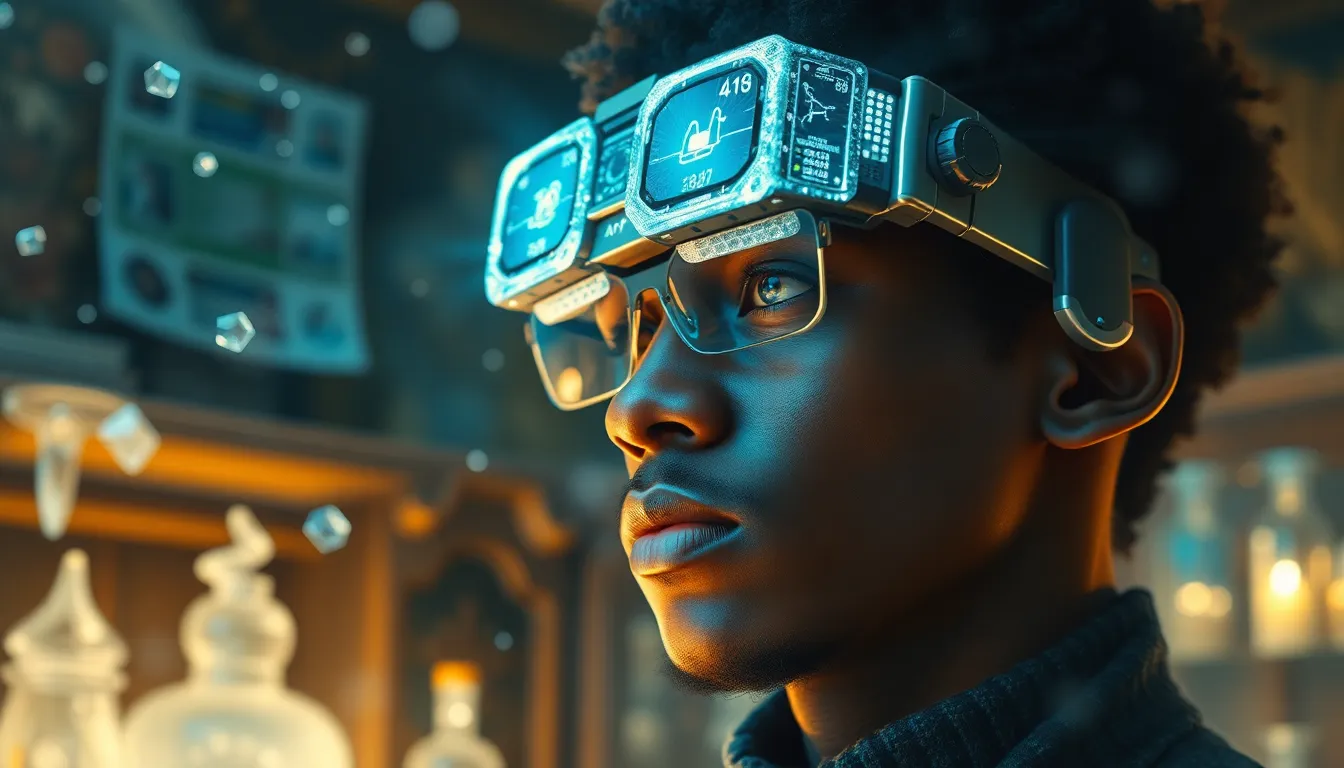AI for Sports Analysis: Automating Highlight Reels and Stats
Okay, so sports. We love ’em, right? And all that data that comes with them? Sometimes it feels like a tidal wave. Ever feel like you miss half the cool plays just trying to keep up with the score? Or maybe you’re a coach, drowning in stats but struggling to really see what’s happening on the field. Well, that’s where AI comes into play. Think of it as a super-powered assistant that never blinks, never gets distracted, and can spot patterns you’d probably miss. This article? It’s about how AI is making highlight reels snappier and stat analysis way less of a headache. We’re going to look at how it works, what tools are out there, and even where it gets… well, a little complicated.
Making Highlight Reels with AI: From Hours to Minutes
Highlight reels are the lifeblood of sports fandom. They get us pumped, they tell stories, and, honestly, they’re what most of us share with our friends. But creating them? Traditionally, that meant hours of someone watching game footage, manually clipping out the exciting bits. A total slog. AI is changing that – drastically. The core idea is pretty simple: train a computer to recognize what makes a “highlight.” But the execution? That’s where it gets interesting. What constitutes a highlight varies from sport to sport, and even from game to game. A diving catch in baseball? Definitely. A perfectly executed give-and-go in basketball? You bet. But how does a computer “see” those things?
Here’s how it generally works. AI algorithms, often using something called computer vision, are fed tons of game footage. They learn to identify things like player movements, ball trajectories, crowd reactions, and even the scoreboard. They look for spikes in excitement – loud cheers, fast breaks, close calls. Think of it like teaching a kid what’s cool by showing them a bunch of examples. Then, when a new game comes along, the AI can automatically identify and clip those key moments. It’s not perfect yet, to be fair – AI can still miss some of the subtle brilliance – but it’s light years ahead of manual clipping. How to begin if you want to try it? There are cloud-based platforms, honestly, that’s probably the easiest way to jump in. Common tools include things like Amazon Rekognition Video and Google Cloud Video Intelligence. People often think the tech handles everything, that’s the big mistake. You still need a human touch to refine the AI’s choices. It gets tricky when you want truly customized highlight reels, maybe ones focused on specific players or types of plays. Small wins? Getting the AI to reliably identify basic highlight types – goals, touchdowns, home runs. Nail that, and you’re on the right track.
Examples of AI-Powered Highlight Creation
Think about it: major sports leagues, college teams, even individual athletes – they’re all using AI for highlights now. ESPN? They’re likely using some AI-assisted tools to put together their Sportscenter Top 10. College teams? They can use these tools to create highlight reels for recruiting. Individual athletes? Imagine having an AI automatically generate a reel of your best plays to share with scouts or potential sponsors. The accessibility of this tech is kind of crazy when you think about it. It’s not just for the big guys anymore.
- Automatic clipping of goals in soccer
- Identifying slam dunks and three-pointers in basketball
- Pinpointing big hits and home runs in baseball
- Compiling quarterback sacks and long passes in football
AI in Stats Analysis: Beyond the Box Score
Okay, so highlights are cool, but what about the nitty-gritty? The stats? The stuff that actually helps coaches and players improve? That’s where AI gets really interesting. We’re talking about going way beyond the traditional box score. Ever wonder how teams make those split-second decisions during a game? Increasingly, it’s with a little help from their AI friends. Traditional stats – points, rebounds, assists – they tell a story, sure, but it’s a pretty basic story. AI can dig deeper. It can analyze player movements, passing patterns, defensive formations, and a million other things to uncover hidden insights. It’s about spotting trends and patterns that would be invisible to the human eye.
Here’s an example: AI can track how a player’s shooting percentage changes depending on their position on the court, the defender guarding them, and even the time remaining on the clock. That’s way more granular than just knowing their overall shooting percentage. How to begin with AI in stat analysis? Data collection is key. The more data you have, the better the AI can learn. Common tools here include things like machine learning libraries in Python (scikit-learn, TensorFlow, PyTorch). What people get wrong? Thinking that AI is a magic bullet. It’s not. It needs good data, and it needs people who understand the sport to interpret the results. It gets tricky when you’re trying to predict future performance. Past performance is an indicator, sure, but it’s not a guarantee. Small wins? Finding just one or two actionable insights from the data – maybe a weakness in an opponent’s defense, or a tendency for a player to make a certain mistake under pressure.
Predictive Analytics and Game Strategy
Predictive analytics is a big buzzword in sports these days, and AI is driving it. AI algorithms can analyze vast amounts of data to predict the outcome of a game, the likelihood of an injury, or even the success of a particular play. Think about how powerful that is. Teams can use this information to make smarter decisions about player substitutions, play calling, and overall game strategy. It’s like having a crystal ball, but one that’s based on math and data.
- Predicting player performance based on various factors
- Identifying optimal team lineups for specific situations
- Forecasting the likelihood of injuries
- Simulating game scenarios to test different strategies
The Challenges of AI in Sports: Bias and the Human Element
Let’s be honest – it’s not all sunshine and rainbows. AI in sports has its challenges. One big one? Bias. AI algorithms are trained on data, and if that data reflects existing biases, the AI will perpetuate them. For example, if the data used to train an AI on player performance is skewed towards certain demographics, the AI might unfairly evaluate players from other groups. This is a serious issue that needs to be addressed. Another challenge is the “black box” problem. Some AI algorithms are so complex that it’s hard to understand exactly how they’re making decisions. This can be a problem when you need to explain why an AI made a particular recommendation, especially if it’s a controversial one. And, honestly, people also worry about the human element disappearing from sports. Will AI make coaching obsolete? Probably not. But it will change the role of the coach. It’s about finding the right balance between data-driven insights and human intuition.
Where does it get tricky? Building truly robust and unbiased AI models. Data cleaning and pre-processing? Hugely important, but often overlooked. What people get wrong? Thinking that AI can replace human judgment entirely. It can’t. Small wins? Identifying potential biases in your data or AI models. That’s a huge first step. How to begin tackling this? Transparency is key. Understand how your AI algorithms work, and be aware of the potential biases in your data. Engage with the AI, don’t blindly follow its suggestions.
Data Quality and Ethical Considerations
The quality of the data used to train AI algorithms is critical. If the data is incomplete, inaccurate, or biased, the AI’s predictions will be too. And then there are the ethical considerations. Should AI be used to make decisions about player selection or contracts? What about using AI to predict injuries? These are tough questions with no easy answers. We need to have a serious conversation about the ethical implications of AI in sports before we go too far down this road.
- Ensuring data accuracy and completeness
- Addressing potential biases in AI algorithms
- Establishing ethical guidelines for AI use in sports
- Maintaining transparency in AI decision-making processes
The Future of AI in Sports: What’s Next?
So, what does the future hold? Honestly, it’s hard to say for sure. But one thing is clear: AI is going to play an even bigger role in sports in the years to come. We’re talking about things like personalized training programs based on AI analysis of player performance, real-time in-game analysis that helps coaches make decisions on the fly, and even AI-powered scouting systems that can identify promising young athletes. Imagine AI helping prevent injuries by spotting subtle changes in a player’s movement patterns before they lead to a problem. That’s pretty powerful. But it’s also worth remembering that AI is just a tool. It’s up to us to use it wisely. The real future might be in blending the human and the artificial even more seamlessly. Imagine coaches and AI working side-by-side, the AI surfacing patterns and the coach using their experience to decide what action to take. That sort of partnership has amazing potential.
What are some small wins we might see soon? More accurate player tracking, better injury prediction models, maybe even AI-powered commentary during games. Where does it get really interesting? When AI starts suggesting brand-new training methods or strategies that no human coach has ever considered. The key? Not to be afraid of experimenting, but to always remember that the human element is what makes sports special. How to prepare for this? Start learning about AI, even just a little bit. The more you understand the possibilities (and the limitations), the better you’ll be able to navigate this changing landscape.
Beyond Highlights and Stats: New Applications of AI
The applications of AI in sports are expanding beyond highlights and stats. We’re seeing AI used in areas like:
- Injury prevention and rehabilitation
- Fan engagement and personalized experiences
- Refereeing and officiating
- Esports training and analysis
Frequently Asked Questions About AI in Sports
How accurate are AI-generated highlight reels, really?
They’re getting pretty good! To be fair, it depends on the sport and the complexity of the play, but modern AI can usually nail the obvious highlights. You still might need a human to catch the subtle stuff though – that perfect pass that set up the goal, the clever defensive play that prevented a score. So, mostly accurate, but not quite perfect.
What kinds of data are used to train AI for sports analysis?
Think of everything: game footage, player stats (like points, rebounds, assists), player tracking data (speed, distance covered), even things like weather conditions and crowd noise. The more data, the better the AI can learn and identify patterns. And to be fair, cleaning all that data? That’s a job in itself.
Can AI predict sports injuries? Like, for real?
It’s a hot area of research! AI can analyze things like player movement, biomechanics, and past injury history to identify athletes who might be at risk. But it’s not a crystal ball, it’s just predicting probabilities. So, yes, AI can help, but it’s one piece of the puzzle, not the whole solution.
Is AI going to replace coaches and scouts?
Probably not entirely. AI is a tool, and like any tool, it needs a skilled user. Coaches and scouts bring experience, intuition, and the ability to connect with players on a human level – things AI can’t replicate (at least not yet!). AI will probably change the job, helping coaches make smarter decisions, but it’s unlikely to make them obsolete.
Conclusion
So, yeah, AI is shaking things up in sports, and honestly, it’s kind of exciting. The ability to generate highlight reels in minutes instead of hours? Huge. Digging into stats to find hidden advantages? That’s a game-changer. But it’s important to remember that AI isn’t magic. It’s a tool, and like any tool, it has limitations. It needs good data, and it needs people who understand the sport to interpret the results. What’s worth remembering here? Bias is a big deal. We need to make sure AI is used fairly and ethically. And, honestly, AI shouldn’t suck the fun out of sports. It should enhance it. One thing I learned the hard way? Never trust an AI to pick the music for a highlight reel. My attempt? Let’s just say death metal and a badminton tournament didn’t mix. Keep an eye on this space though. The future of AI in sports? It’s going to be interesting, no doubt about that.


